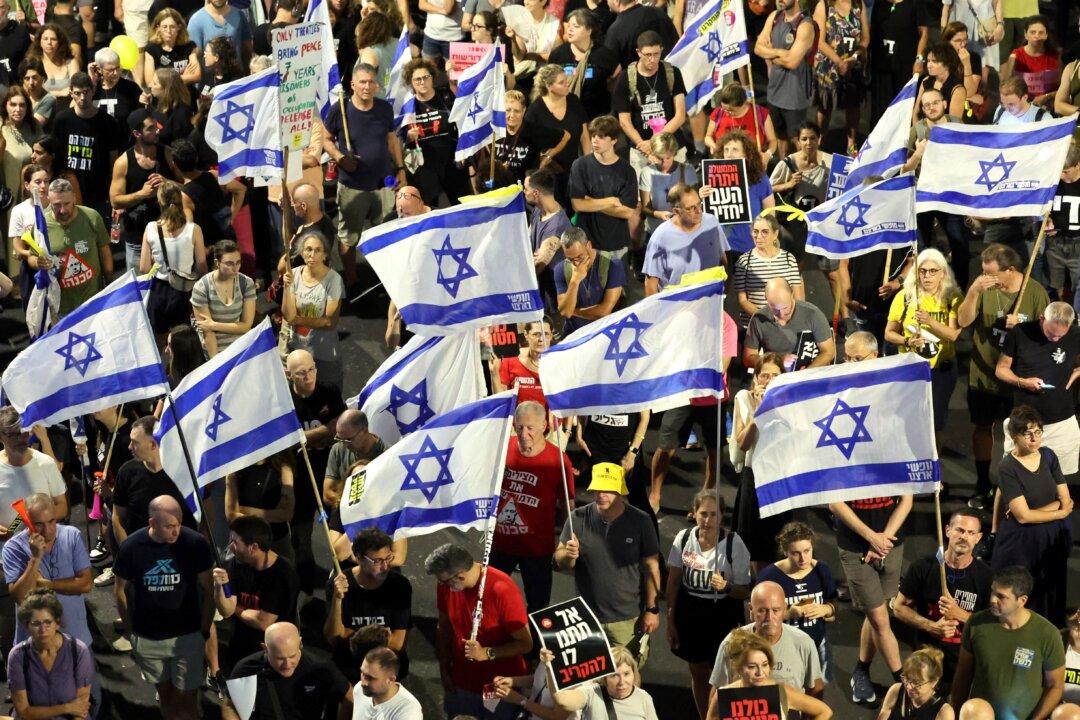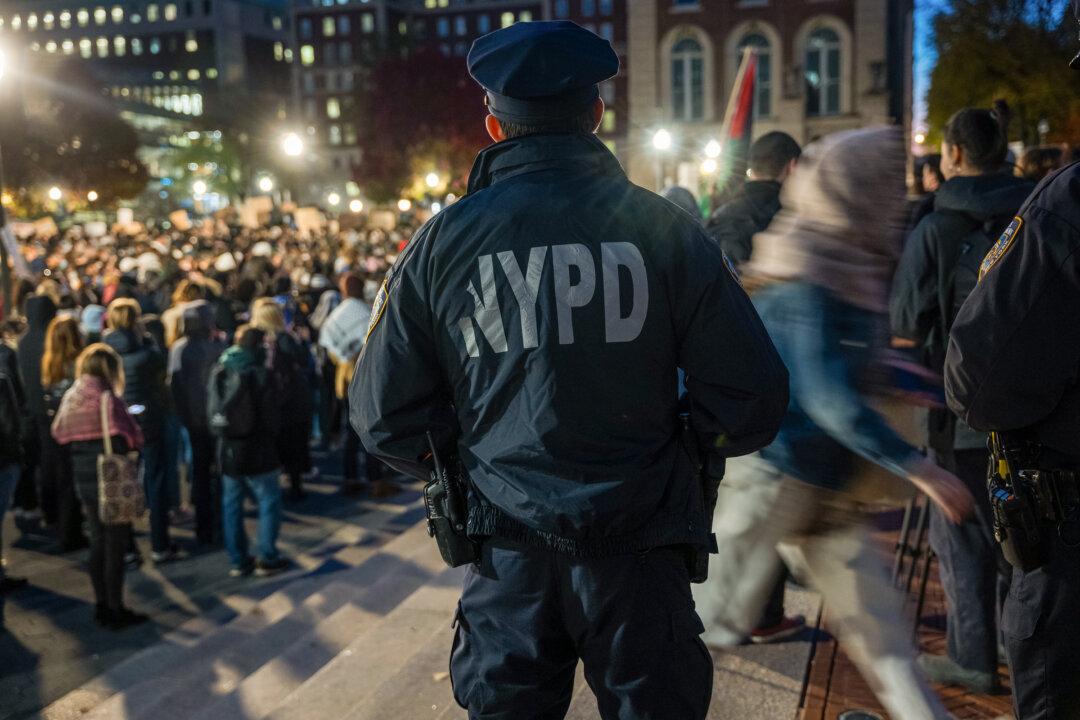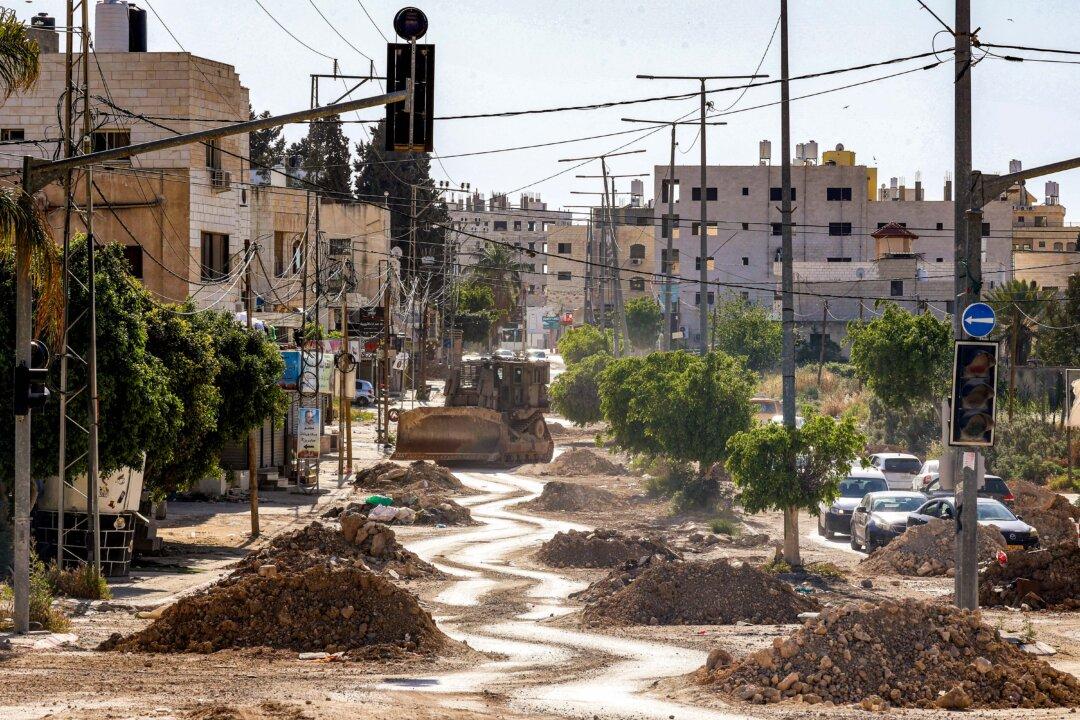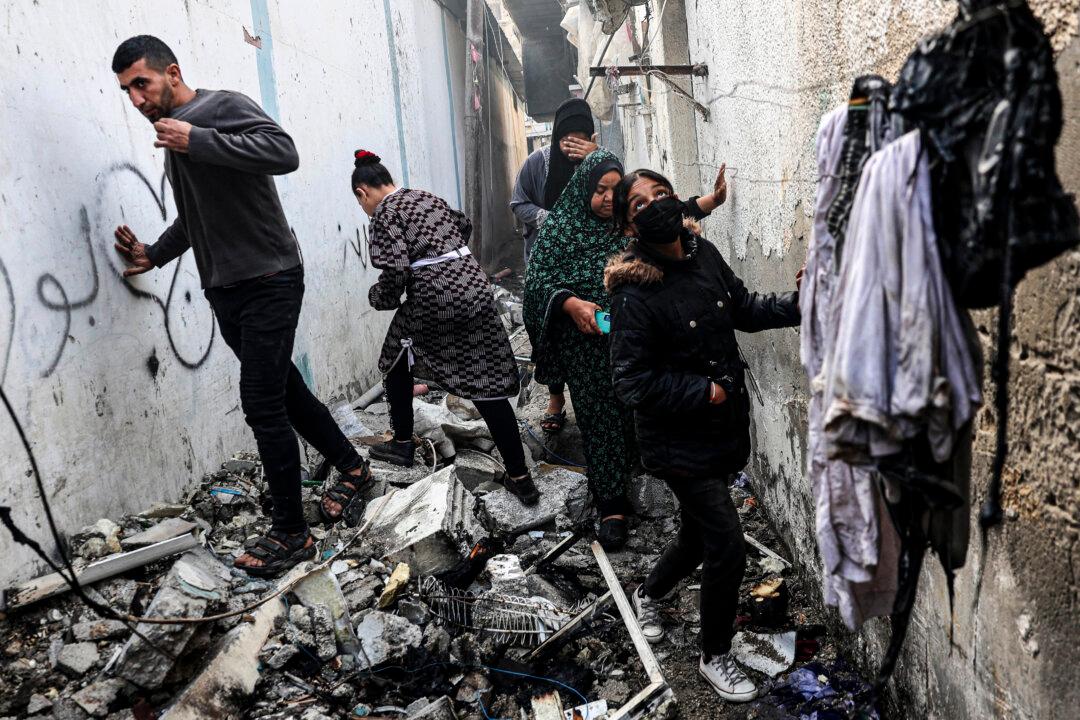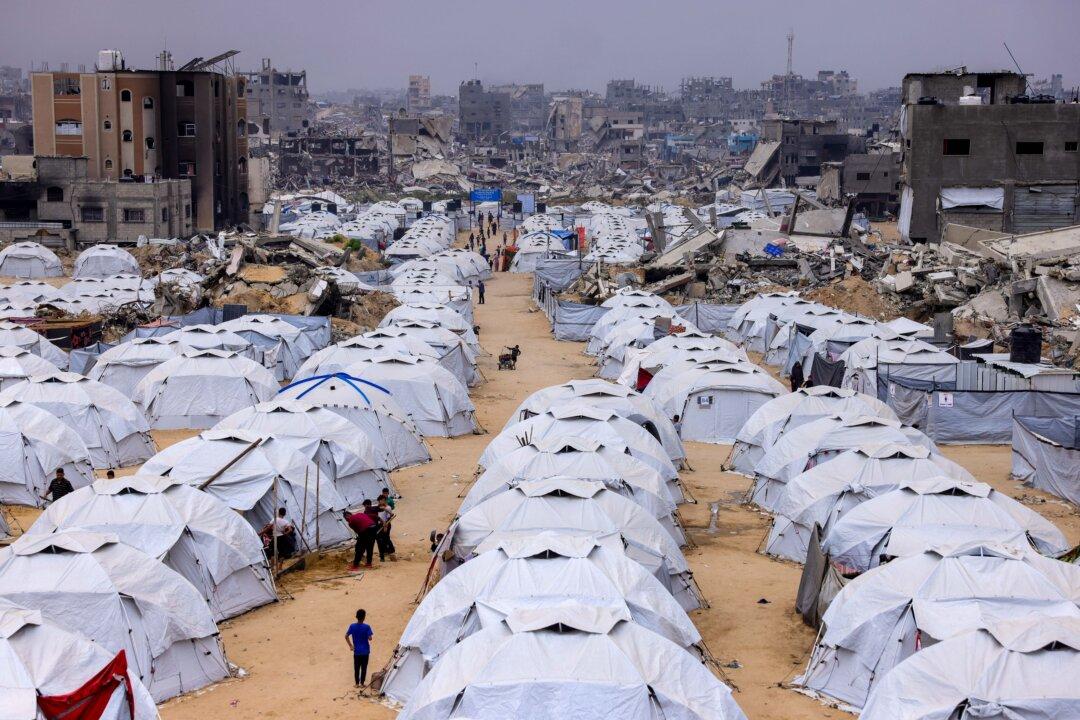With some movement toward a resumption of Gaza cease-fire talks and an Israeli delegation having traveled for preliminary discussions with Qatari mediators, Israeli leaders jockeyed for position over what the nation might find acceptable.
Israeli Prime Minister Benjamin Netanyahu said on July 7 that any deal must allow Israel to keep fighting until it achieves its war objectives. He said it must prohibit weapons smuggling to Hamas via the Gaza Strip’s Egyptian border and block the return to northern Gaza of thousands of armed terrorists.
